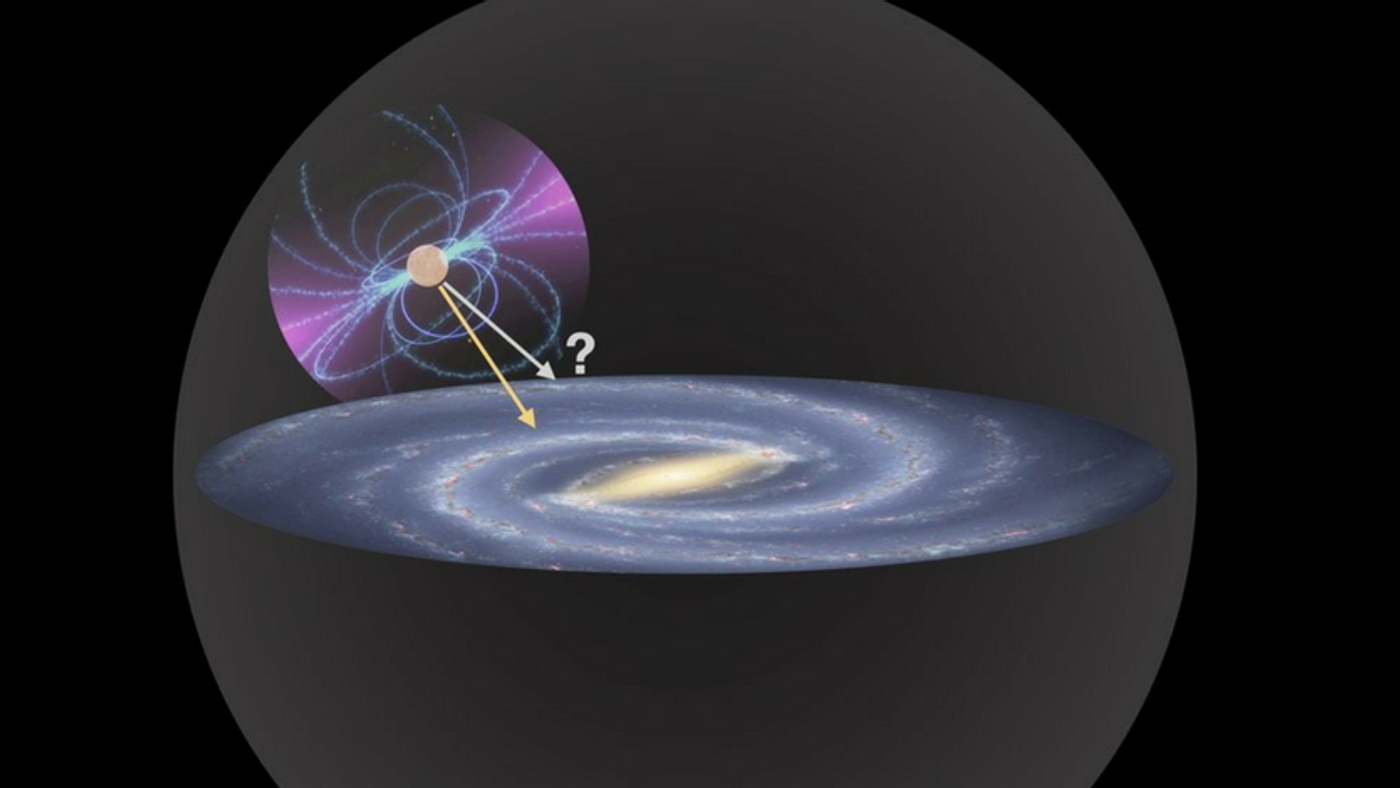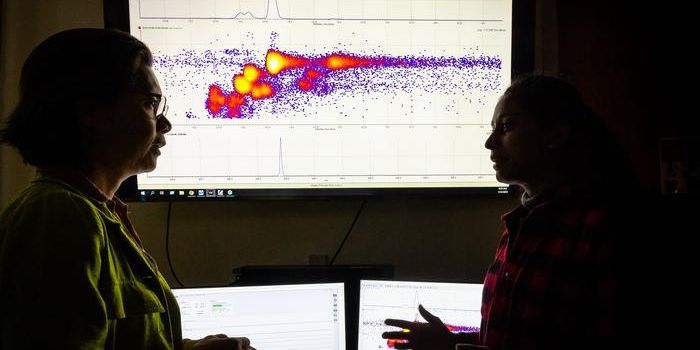A New Way to Study Dark Matter-Binary Pulsar "Free Fall"
The pulsar is often compared to lighthouses because it emits beams of electromagnetic radiation that are pointed toward specific directions. A binary pulsar is a twin-star system made of a pulsar and a companion body that's either a white dwarf or neutron star. Physicists have been using them to test Einstein’s theory of general relativity because of the strong gravitational fields in their vicinities.
In a latest attempt to study the nature of dark matter, a team of scientists from the Max Planck Institute for Radio Astronomy proposed an unorthodox experiment: it is designed to interrogate the gravitational pull between normal matter and dark matter, by observing the orbital dynamics of binary pulsars.
From Galileo's leaning tower of Pisa experiment, Isaac Newton’s study of pendulum movement, to the most recent satellite experiment MICROSCOPE (Micro-Satellite à traînée Compensée pour l'Observation du Principe d'Equivalence), the universality of free fall in the gravitational field have been confirmed time after time, with an increasing level of precision.
But all these experiments only tested the universality of free fall towards ordinary matter that’s our Earth. What about dark matters, which make up almost 27% of the total mass-energy of our universe?
To test the universality of free fall towards dark matter, the German research team identified a neutron star–white dwarf (NS-WD) binary pulsar, named PSR J1713+0747. At the distance of about 3800 light years from the Earth, the NS pulsar has a rotational period of just 4.6 milliseconds and orbit its white dwarf companion every 68 days.
The slowly moving millisecond binary pulsar with a wide orbit will be especially beneficial for the proposed interrogation. If dark matter poses no gravitational pull toward normal matter, scientists would expect to see no abnormality in the “free fall” of NS towards its companion. Therefore, the wider the orbit, the more sensitive it reacts to a violation of the universality of free fall, such as the change of its binary orbit over time.
The proposed new experiment was published in the journal Physical Review Letters in June.
Does Dark Matter BREAK Physics? | Space Time | PBS Digital Studios
Source: phys.org









